PD440FX Motherboard Technical Product Specification
Revision History
Contents
1 Motherboard Description
1.1 Overview
1.2 Motherboard Manufacturing Options
1.3 Motherboard Components
1.4 Form Factor
1.5 I/O Shield
1.6 Microprocessor
1.6.1 Microprocessor Packaging
1.6.2 Second Level Cache
1.7 Main Memory
1.7.1 EDO DRAM
1.7.2 Parity/ECC DRAM
1.8 Chipset
1.8.1 82441FX PCI Bridge and Memory Controller (PMC)
1.8.2 82442FX Data Bus Accelerator (DBX)
1.8.3 82371SB PCI/ISA IDE Xccelerator (PIIX3)
1.8.4 Universal Serial Bus (USB) Support
1.8.5 IDE Support
1.9 Super I/O Controller
1.9.1 Serial Ports
1.9.2 Parallel Port
1.9.3 Floppy Controller
1.9.4 Keyboard and Mouse Interface
1.9.5 Real-time Clock, CMOS RAM, and Battery
1.9.6 Infrared Support
1.10 Audio Subsystem
1.10.1 OPL3 Audio System
1.10.2 OPL4-ML Wavetable Synthesizer
1.10.3 Audio Subsystem Resources
1.10.4 Audio Drivers and Utilities
1.10.5 Audio Connectors
1.11 Management Extension Hardware
1.11.1 Chassis Security Header (J6C1)
1.11.2 GP I/O Header
1.12 Motherboard Connectors
1.12.1 Power Supply Connector
1.12.2 Front Panel Connectors
1.12.3 Hard Drive LED (HDD LED) Header
1.12.4 Back Panel Connectors
1.12.5 Add-in Board Expansion Connectors
1.13 Jumper Settings
1.13.1 Processor Configuration (J9C1-A, B, C)
1.13.2 BIOS Recovery (J9C1-A)
1.13.3 CMOS Clear (J9C1-C)
1.13.4 Password Clear (J9C1-D)
1.13.5 BIOS Setup Access (J9C1-D)
1.14 Reliability
1.15 Environmental Specifications
1.16 Power Consumption
1.16.1 Power Supply Considerations
1.17 Thermal Considerations
1.18 Regulatory Compliance
1.18.1 Product Certification Markings
1.18.2 Safety
1.18.3 EMI
2 Motherboard Resources
2.1 Memory Map
2.2 DMA Channels
2.3 I/O Map
2.4 PCI Configuration Space Map
2.5 Interrupts
2.6 PCI Interrupt Routing Map
3 Overview of BIOS Features
3.1 Introduction
3.1.1 BIOS Upgrades
3.1.2 Autoconfiguration of PCI Devices and Plug and Play Devices
3.1.3 PCI IDE Support
3.1.4 ISA Plug and Play
3.1.5 ISA Legacy Devices
3.1.6 Desktop Management Interface (DMI)
3.1.7 Advanced Power Management (APM)
3.1.8 Advanced Power Control (APC)
3.1.9 Language Support
3.1.10 Boot Options
3.1.11 OEM Logo or Scan Area
3.1.12 USB Support
3.1.13 BIOS Setup Access Jumper
3.1.14 Recovering the BIOS
4 BIOS Setup Program
4.1 Main BIOS Setup Screen
4.1.1 System Date
4.1.2 System Time
4.1.3 Floppy Options
4.1.4 Primary IDE Master
4.1.5 Primary IDE Slave
4.1.6 Secondary IDE Master
4.1.7 Secondary IDE Slave
4.1.8 Language
4.1.9 Boot Options
4.1.10 Video Mode
4.1.11 Mouse
4.1.12 Base Memory
4.1.13 Extended Memory
4.1.14 BIOS Version
4.1.15 Floppy A:
4.1.16 Floppy B:
4.1.17 Floppy A: Type
4.1.18 Floppy B: Type
4.1.19 Floppy Access
4.1.20 IDE Device Configuration
4.1.21 Cylinders
4.1.22 Heads
4.1.23 Sectors
4.1.24 Maximum Capacity
4.1.25 IDE Translation Mode
4.1.26 Multiple Sector Setting
4.1.27 Fast Programmed I/O Modes
4.1.28 First Boot Device
4.1.29 Second Boot Device
4.1.30 Third Boot Device
4.1.31 Fourth Boot Device
4.1.32 System Cache
4.1.33 Boot Speed
4.1.34 Num Lock
4.1.35 Setup Prompt
4.1.36 Hard Disk Pre-Delay
4.1.37 Typematic Rate Programming
4.1.38 Typematic Rate Delay
4.1.39 Typematic Rate
4.1.40 Scan User Flash Area
4.1.41 Power-On COM1 Ring
4.2 Advanced Screen
4.2.1 Processor Type
4.2.2 Processor Speed
4.2.3 Cache Size
4.2.4 Peripheral Configuration
4.2.5 Advanced Chipset Configuration
4.2.6 Power Management Configuration
4.2.7 Plug and Play Configuration
4.2.8 Event Logging Configuration
4.2.9 Primary PCI IDE Interface
4.2.10 Secondary PCI IDE Interface
4.2.11 Floppy Interface
4.2.12 Serial Port 1 Interface
4.2.13 Serial Port 2 Interface
4.2.14 Serial Port 2 IR Interface
4.2.15 Parallel Port Interface
4.2.16 Parallel Port Type
4.2.17 USB Interface
4.2.18 Audio Interface
4.2.19 Hardware Monitor Interface
4.2.20 Primary PCI IDE Status
4.2.21 Secondary PCI IDE Status
4.2.22 Floppy Status
4.2.23 Serial Port 1 Status
4.2.24 Serial Port 2 Status
4.2.25 Parallel Port Status
4.2.26 Base Memory Size
4.2.27 ISA LFB Size
4.2.28 ISA LFB Base Address
4.2.29 Video Palette Snoop
4.2.30 ISA VGA Write Combining
4.2.31 Latency Timer (PCI Clocks)
4.2.32 Memory Error Detection
4.2.33 Bank 0
4.2.34 Bank 1
4.2.35 Advanced Power Management
4.2.36 IDE Drive Power Down
4.2.37 VESA † Video Power Down
4.2.38 Inactivity Timer
4.2.39 Hot Key
4.2.40 Auto Start On AC Loss
4.2.41 Configuration Mode
4.2.42 PnP OS
4.2.43 ISA Shared Memory Size
4.2.44 ISA Shared Memory Base Address
4.2.45 IRQ 3, 4, 5, 7, 9, 10, 11, 14, 15
4.2.46 Event Log Capacity
4.2.47 Event Count Granularity
4.2.48 Event Time Granularity (Minutes)
4.2.49 Event Log Control
4.2.50 Clear Event Log
4.2.51 Mark Existing Events As Read
4.2.52 Event Log Subscreens
4.3 Security Screen
4.3.1 User Password
4.3.2 Administrative Password
4.3.3 Enter Password
4.3.4 Set Administrative Password
4.3.5 User Privilege Level
4.3.6 Clear User Password
4.3.7 Unattended Start
4.3.8 Security Hot Key (CTRL-ALT-)
4.4 Exit Screen
4.4.1 Exit Saving Changes
4.4.2 Exit Discarding Changes
4.4.3 Load Setup Defaults
4.4.4 Discard Changes
5 Error Messages and Beep Codes
5.1 BIOS Beep Codes
5.2 PCI Configuration Error Messages
5.3 BIOS Error Messages
5.4 ISA NMI Messages
5.5 Port 80h POST Codes
6 Specifications and Customer Support
6.1 Online Support
6.2 Specifications
Index
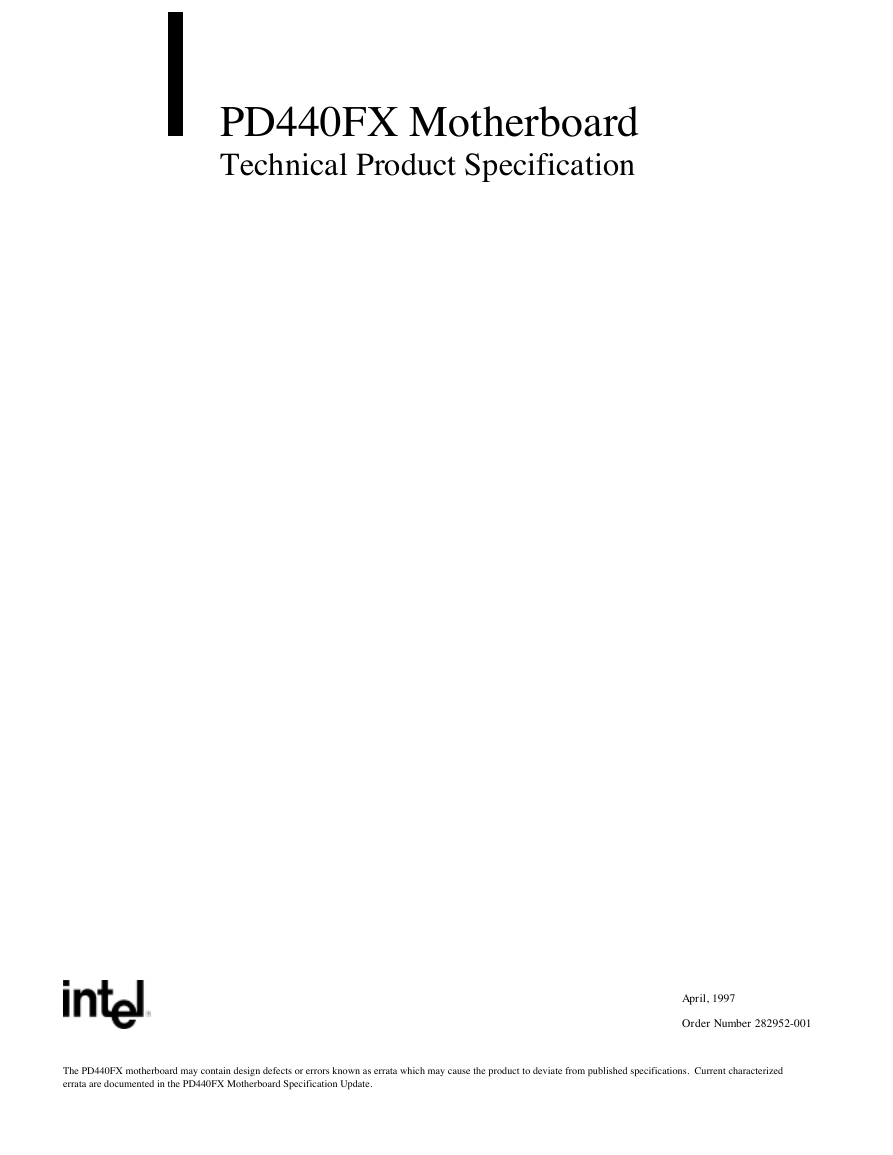
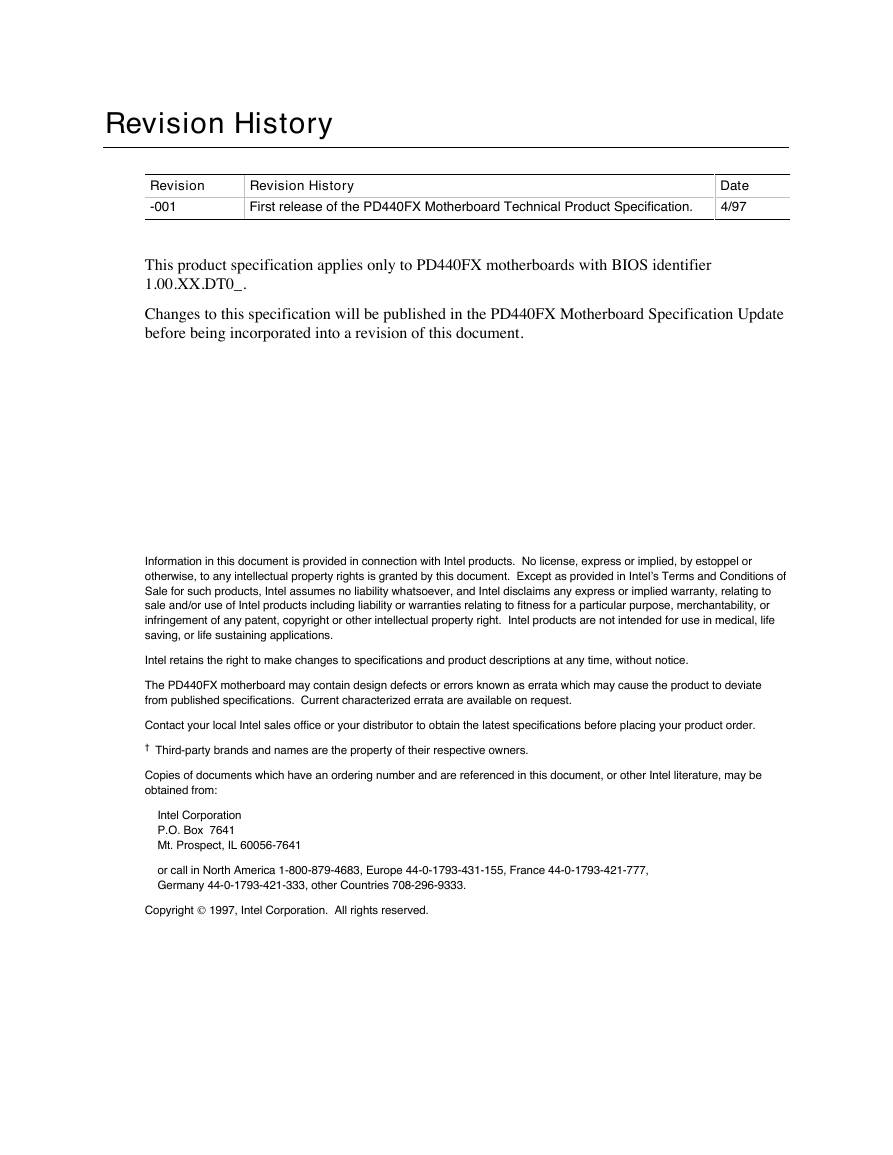
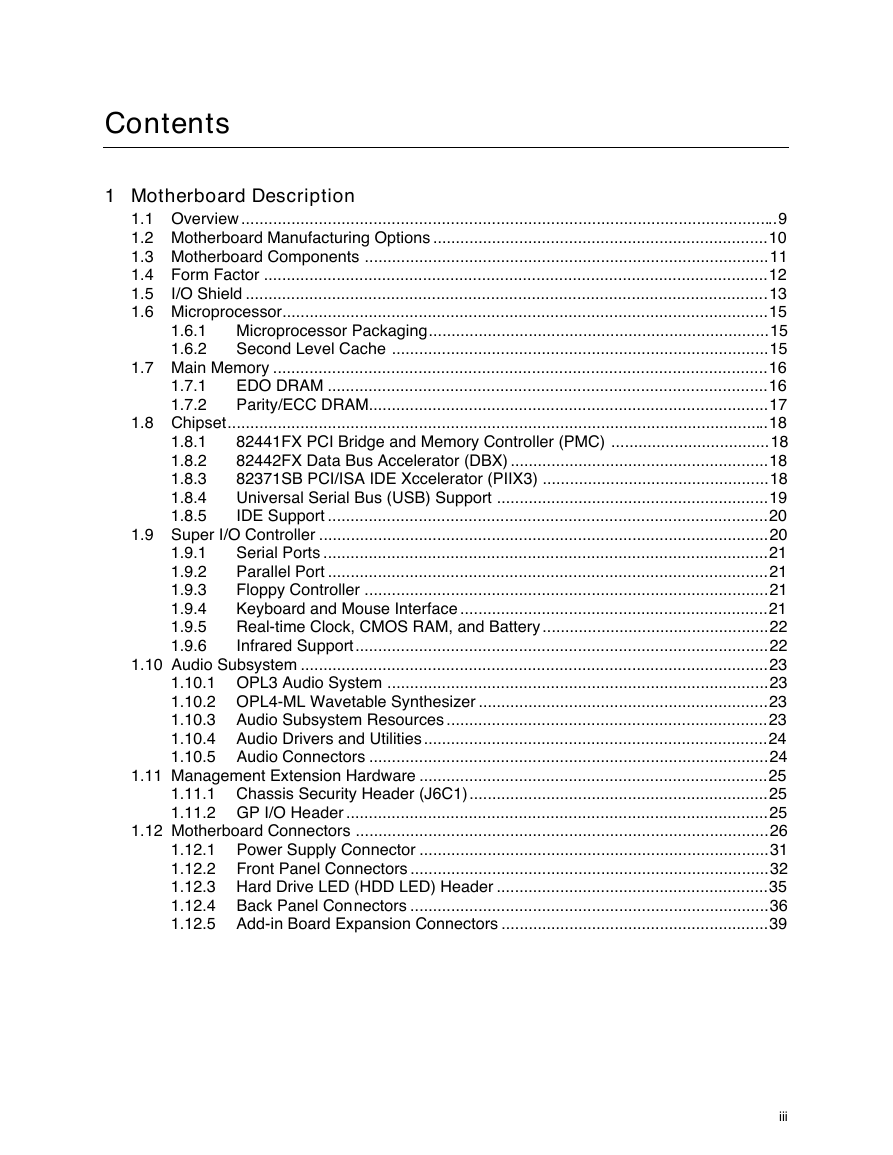
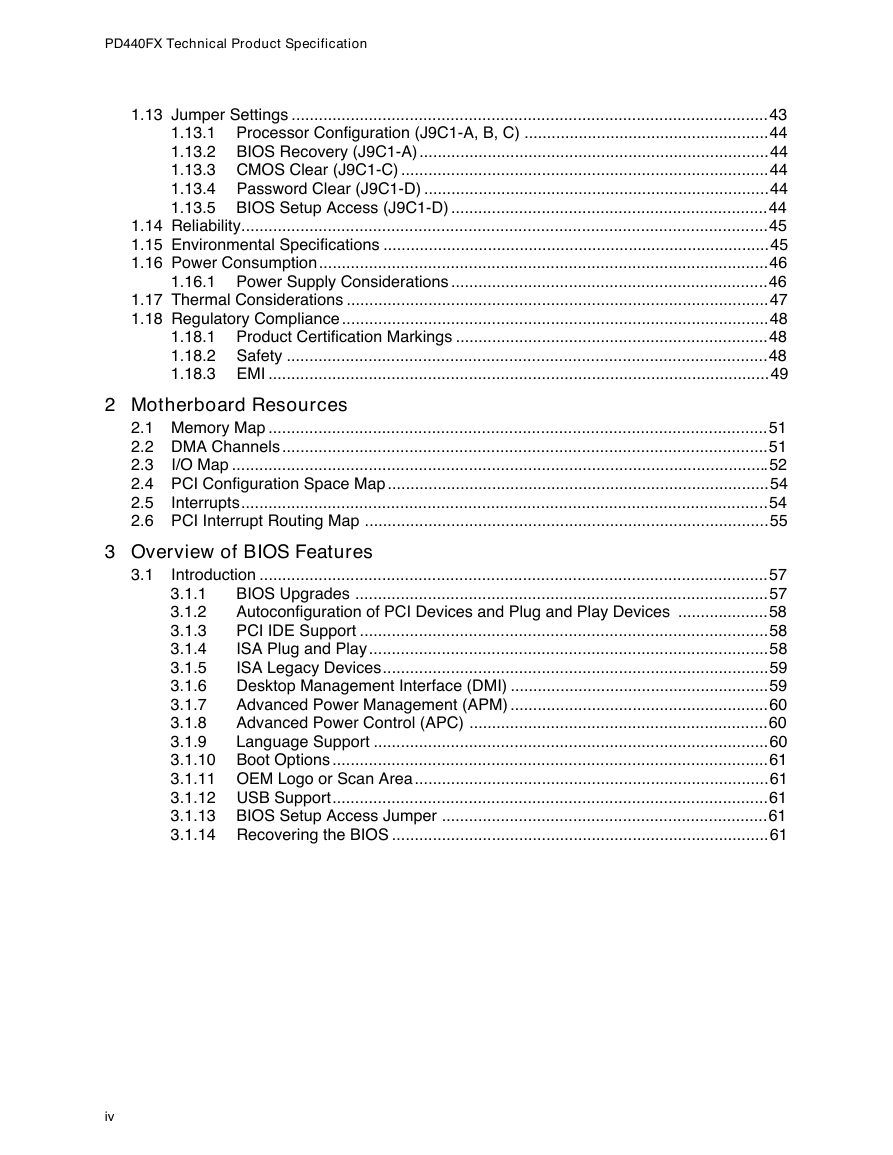
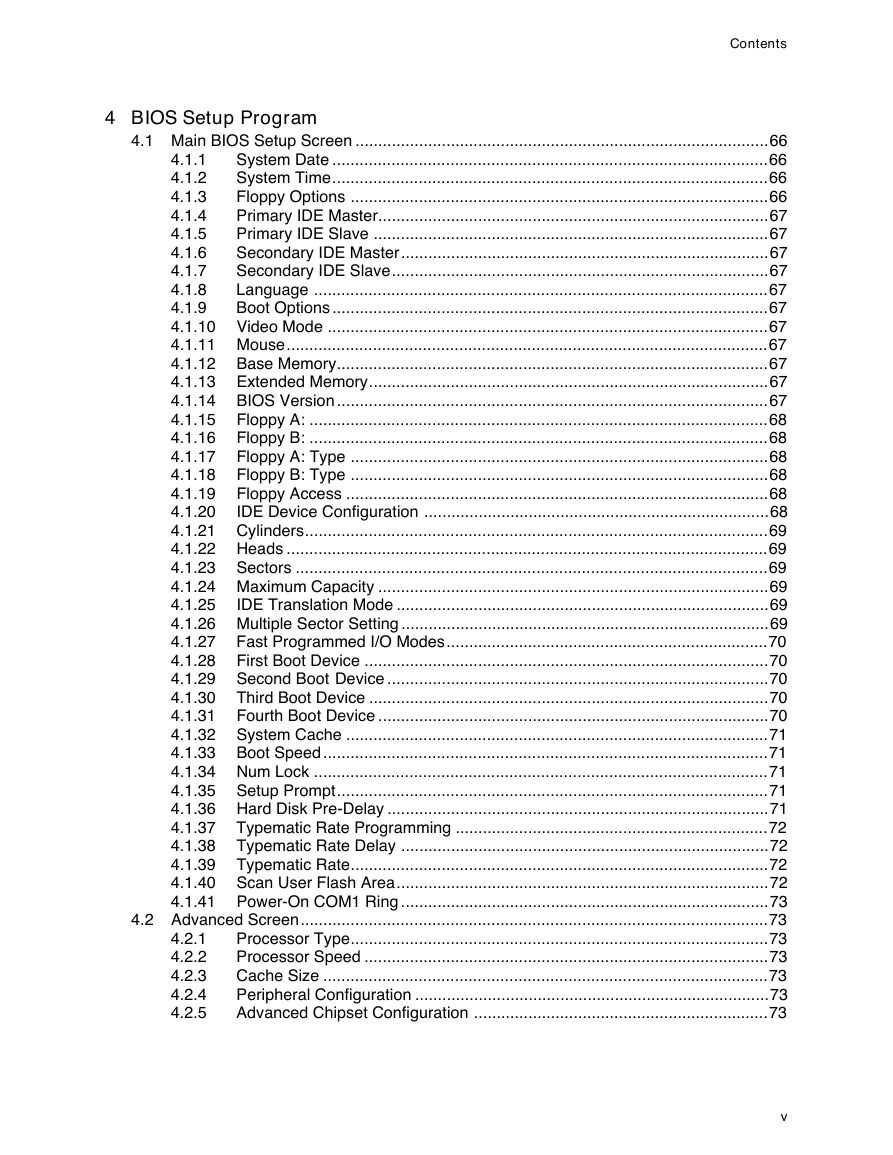
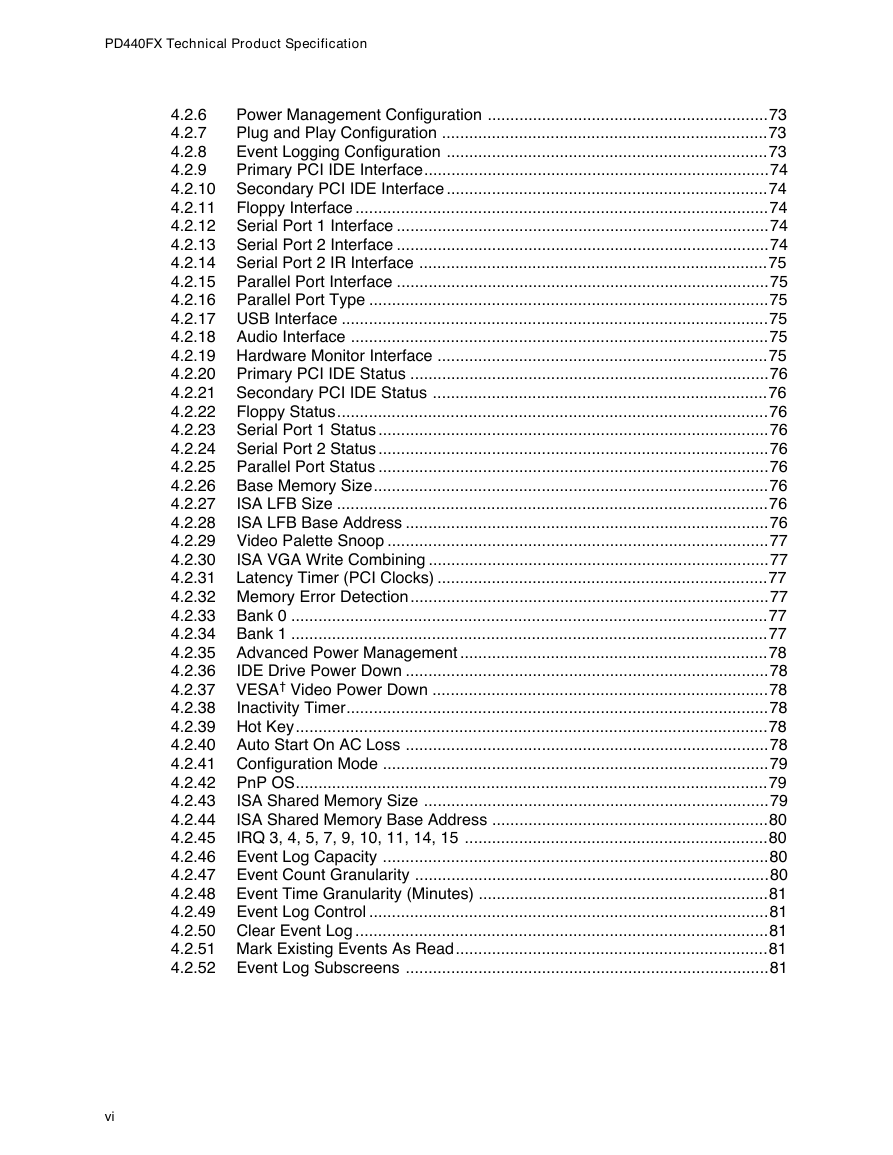
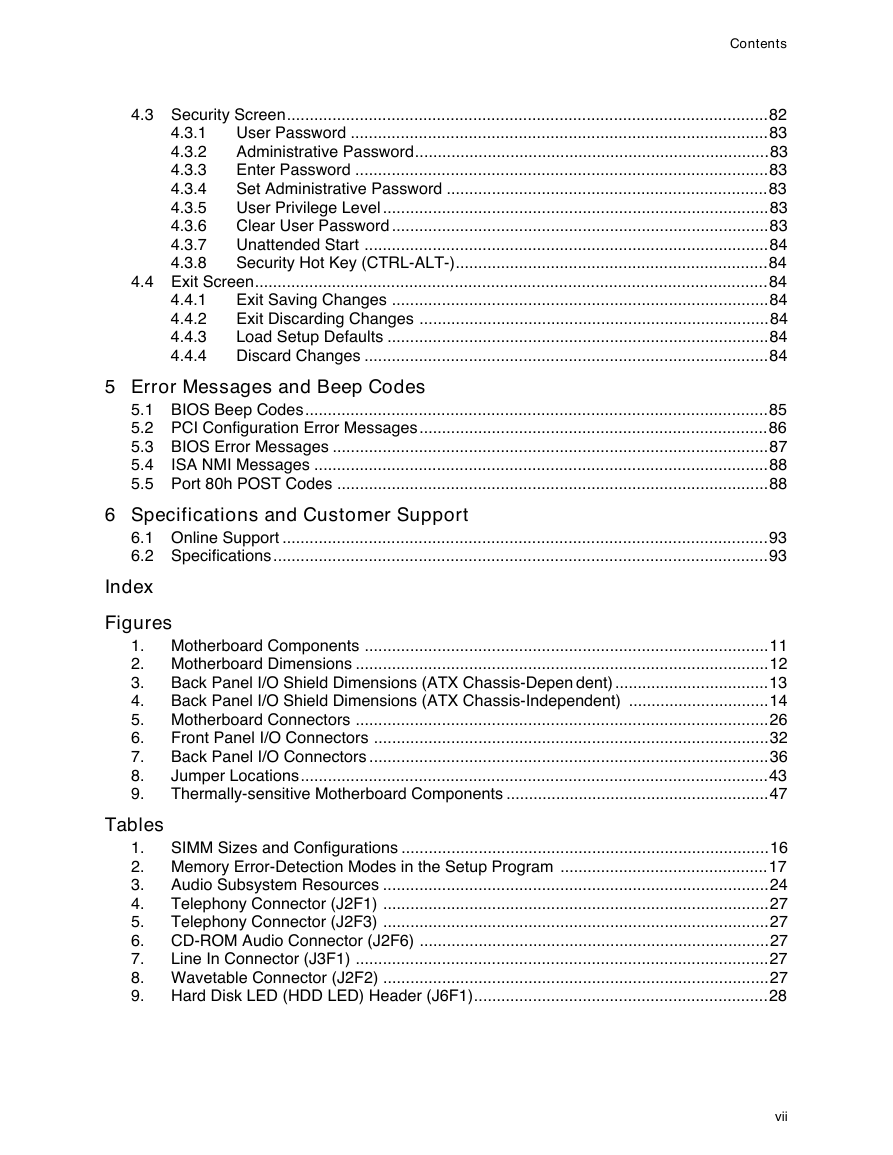
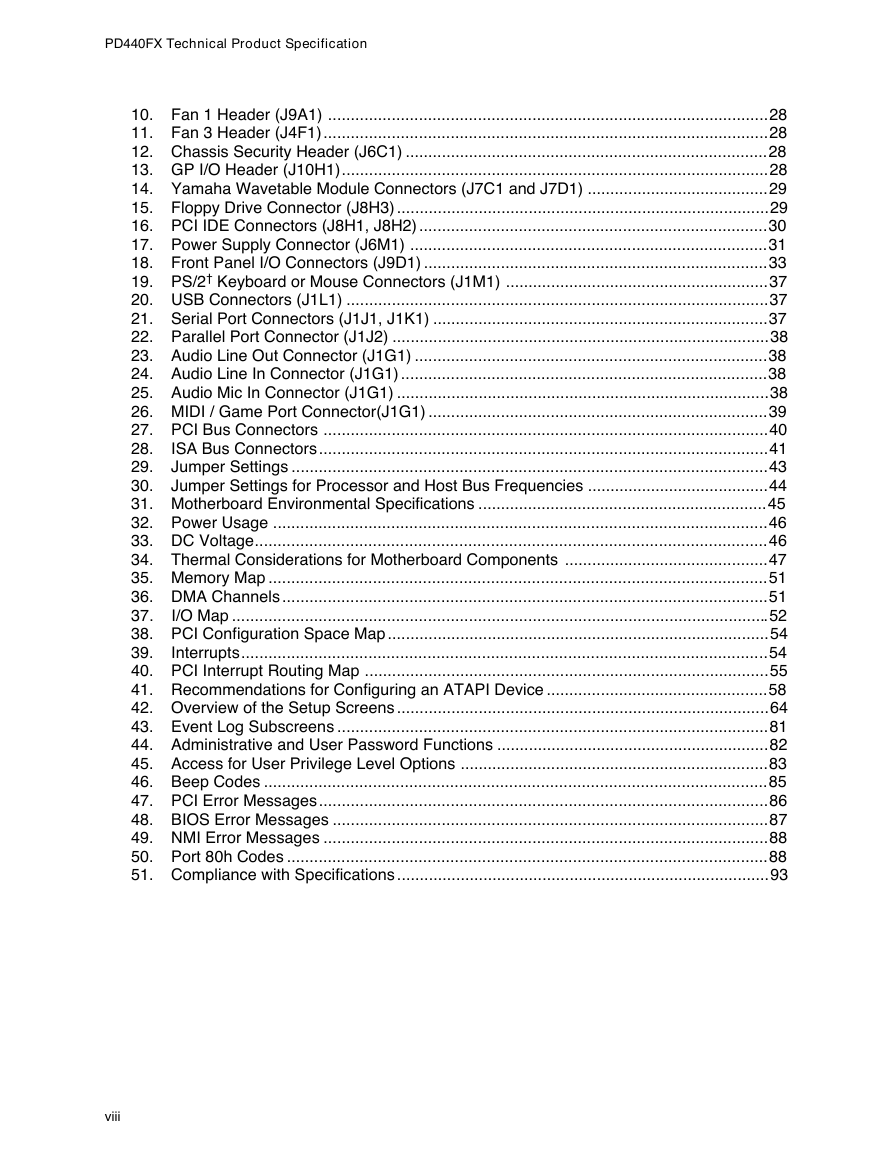








 2023年江西萍乡中考道德与法治真题及答案.doc
2023年江西萍乡中考道德与法治真题及答案.doc 2012年重庆南川中考生物真题及答案.doc
2012年重庆南川中考生物真题及答案.doc 2013年江西师范大学地理学综合及文艺理论基础考研真题.doc
2013年江西师范大学地理学综合及文艺理论基础考研真题.doc 2020年四川甘孜小升初语文真题及答案I卷.doc
2020年四川甘孜小升初语文真题及答案I卷.doc 2020年注册岩土工程师专业基础考试真题及答案.doc
2020年注册岩土工程师专业基础考试真题及答案.doc 2023-2024学年福建省厦门市九年级上学期数学月考试题及答案.doc
2023-2024学年福建省厦门市九年级上学期数学月考试题及答案.doc 2021-2022学年辽宁省沈阳市大东区九年级上学期语文期末试题及答案.doc
2021-2022学年辽宁省沈阳市大东区九年级上学期语文期末试题及答案.doc 2022-2023学年北京东城区初三第一学期物理期末试卷及答案.doc
2022-2023学年北京东城区初三第一学期物理期末试卷及答案.doc 2018上半年江西教师资格初中地理学科知识与教学能力真题及答案.doc
2018上半年江西教师资格初中地理学科知识与教学能力真题及答案.doc 2012年河北国家公务员申论考试真题及答案-省级.doc
2012年河北国家公务员申论考试真题及答案-省级.doc 2020-2021学年江苏省扬州市江都区邵樊片九年级上学期数学第一次质量检测试题及答案.doc
2020-2021学年江苏省扬州市江都区邵樊片九年级上学期数学第一次质量检测试题及答案.doc 2022下半年黑龙江教师资格证中学综合素质真题及答案.doc
2022下半年黑龙江教师资格证中学综合素质真题及答案.doc